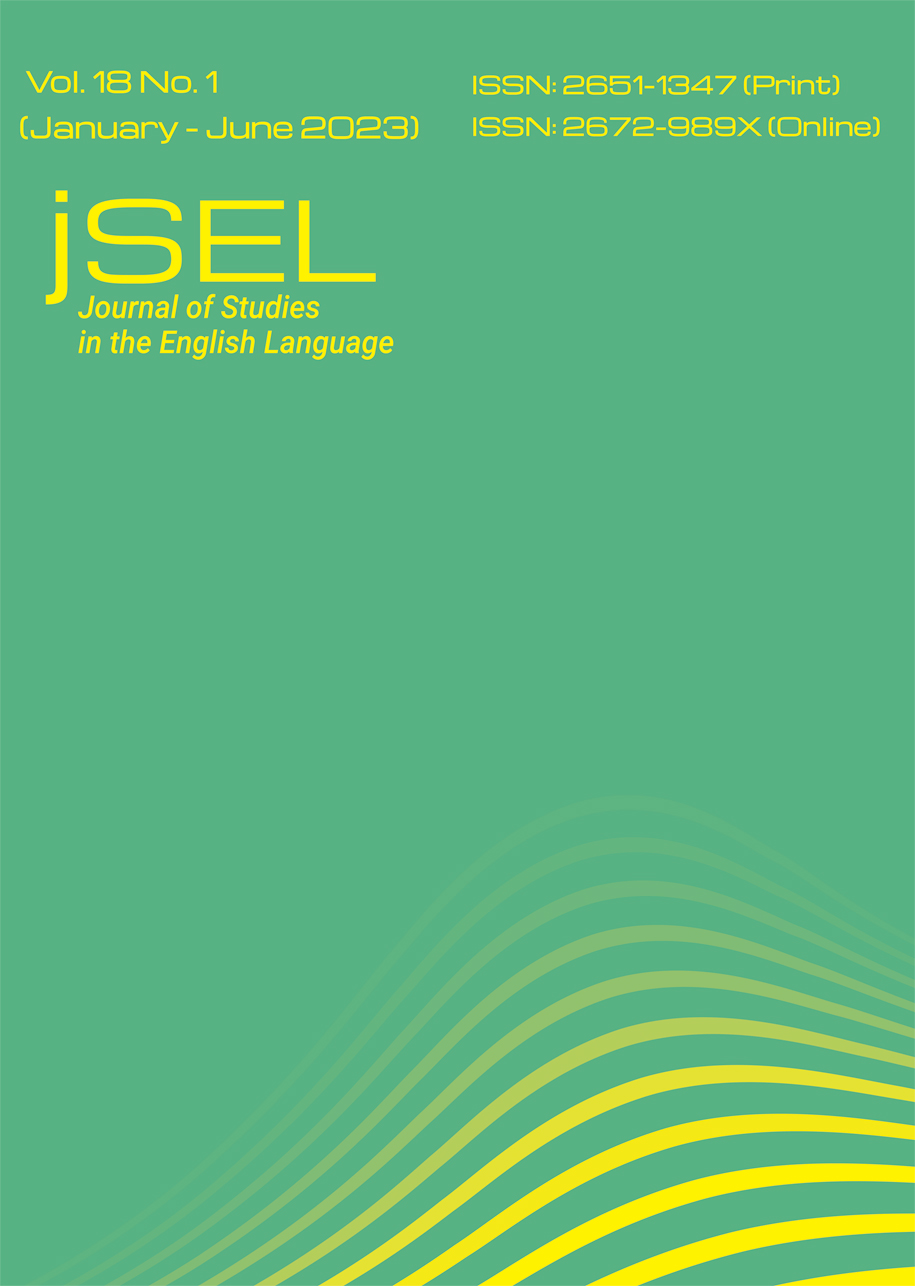Becoming a Woman in Man into Woman
Main Article Content
Abstract
This study explores gender performativity in Lili Elbe’s Man into Woman to show the possibilities of reconstruction and transformation through the process of performing a woman. Man into Woman has been criticized as conventional text in representing transgender women due to its conventional transsexual life writing and the reinforcement of sexual binary. This study applies Judith Butler’s theory of performativity in exploring Lili’s performance of femininity through pronouns, clothing, activities, behaviors, identity, and sex reassignment surgery. I argue that the doctors’ diagnosis of Andreas/Lili’s desire to become a woman as an illness or abnormality can be revised through the lens of gender performativity. Although the reliance on technology in sex reassignment surgery has been criticized as reinforcing the sexist society and dehumanizing people, I argue that the use of technology in sex reassignment surgery can be helpful in performing a woman and creates new possibilities to go beyond the heteronormative limits.
Article Details

This work is licensed under a Creative Commons Attribution-NonCommercial-NoDerivatives 4.0 International License.
Authors who publish with this journal agree to the following terms: Authors retain copyright and grant the journal right of first publication with the work simultaneously licensed under a Creative Commons Attribution License that allows others to share the work with an acknowledgement of the work's authorship and initial publication in this journal. Authors are able to enter into separate, additional contractual arrangements for the non-exclusive distribution of the journal's published version of the work (e.g., post it to an institutional repository or publish it in a book), with an acknowledgement of its initial publication in this journal. Authors are permitted and encouraged to post their work online (e.g., in institutional repositories or on their website) prior to and during the submission process, as it can lead to productive exchanges, as well as earlier and greater citation of published work (See The Effect of Open Access).References
Butler, J. (1999). Gender trouble: Feminism and the subversion of identity (2nd ed.). Routledge.
Caughie, P. L. (2013). The temporality of modernist life writing in the era of transsexualism: Virginia Woolf’s Orlando and Einar Wegener’s Man into Woman. MFS Modern Fiction Studies, 59(3), 501-525.
Caughie, P. L., Datskou, E., & Parker, R. (2018). Storm clouds on the horizon: Feminist ontologies and the problem of gender. Feminist Modernist Studies, 1(3), 230-242.
Chu, A. L., & Harsin Drager, E. (2019). After trans studies. Transgender Studies Quarterly, 6(1), 103-116. http://dx.doi.org/10.1215/23289252-7253524
Elbe, L. (1933). Man into woman: An authentic record of a change of sex. The Anchor Press.
Gailey, N. (2017). Strange bedfellows: Anachronisms, identity politics, and the queer case of trans. Journal of Homosexuality, 64(12), 1713-1730. http://dx.doi.org/10.1080/00918369.2016.1265355
Steinbock, E. (2017). Lili Elbe’ Stransmedial presence and the politics of transgender studies. In R. Buikema, L. Plate, & K. Thiele (Eds.), Doing gender in media, art and culture (pp. 169-181). Routledge.
Stryker, S. (2008). Transgender history. Seal Press.


